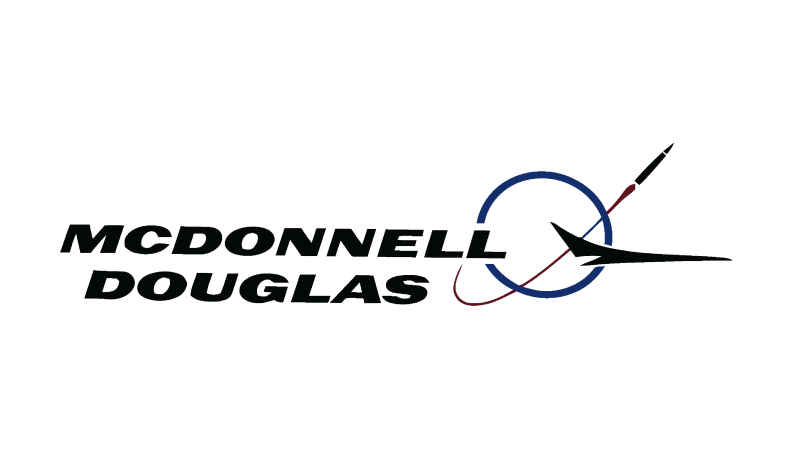Anyone who hasn't done so - watch the video I posted a link to. The weirdness of the speculations is freaking me out.
Yes, some airlines opted to put an emergency exit door, but inoperative, in place. Others went with a plug door. The inop door means they can reconfigure the seating and interior panel without having to recertify the plane. The plug door means they believe they will never recertify or are willing to eat the cost.
JRS87 - the second video you linked to - that's a different situation caused by a passenger. The plug door that escaped uses the same plug features as Airbus does on all their main doors. The bolts that are installed on the escaped door were supposed to keep the door from moving up to unalign the capture fingers around the door. The features that keep the door from moving outward are the capture fingers, again, the same as Airbus uses on their main doors.
The fasteners are to have castellated nuts and cotter pins. Even without that there is a spring load to supply some friction.
One mystery for me now is that the door has to come in before it can move up, so how was that possible with the plane pressurized? If all the bolts had fallen out (just being loose would not allow movement) then why did this not happen during the taxi process with much vibration and no pressure? There are retaining straps that hold the door from fully opening, so if the door popped open during taxi they would not have been able to pressurize the plane. Or, maybe, that is what happened and the interior cover is what kept the pressure in up until it could not do so any longer and the failed interior cover pushed against the open door and broke the retaining straps.
A passenger could have noticed the wall of the plane was no longer where it should be, but we'll see if that comes out. They may not have realized what it meant or no one was paying attention. The seat next to the panel was unoccupied, so no one would be leaning against it to feel it move. They could also have seen the window was 5-6 inches farther out than all the other windows and not aligned with the interior trim opening by the 1.5 inch vertical movement to release it.
Additionally perplexing is they had pressurization issues reported, but if the door hasn't moved in then why was the door seal not functioning correctly?
I can picture that the door has been loose for a while, the bolts all out, and the door lift spring pushing up and allowing the seal to open just a tiny amount. Then, when pressure is applied the door pushes back and down, sealing correctly. But if the interior panel has been preventing the door from moving fully up in the past, then why did that happen this time?


